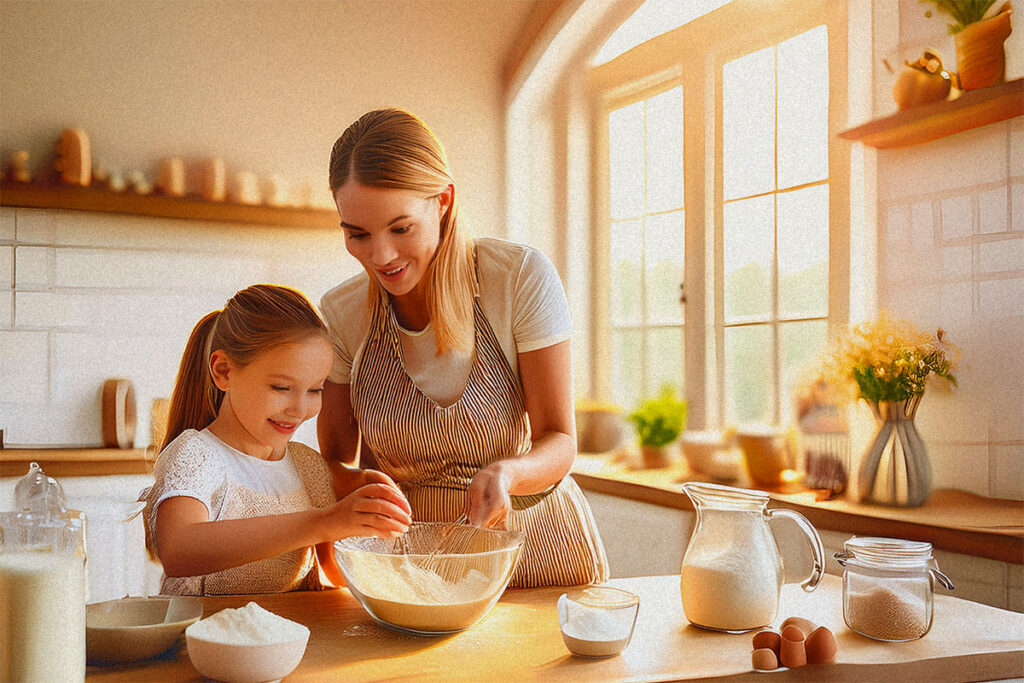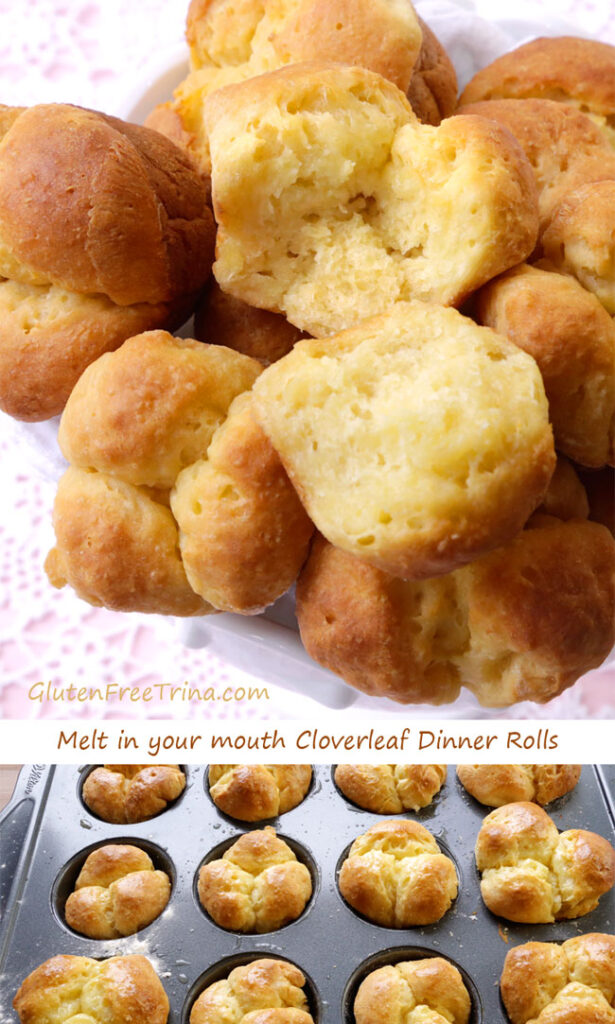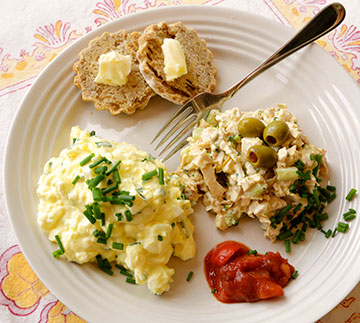Contributing author: Brad Krause
You’ve looked at the boxed mixes. You’ve scanned the freezer aisle. You’ve maybe even cried into a bowl of gluten-free pasta that tasted like damp cardboard. It’s fine. Everyone’s been there. But the second you pivot from relying on store-bought goods to building your own recipes—your own flours, your own logic—that’s when things finally start making sense. And better yet, start tasting good.

Almond Flour Doesn’t Mean Bland
Almond flour’s not just a placeholder. It’s got body, sweetness, and fat. You’ll notice it makes things moist where other flours leave dry crumbs and good intentions. But the real trick is this: almond flour bakes faster and browns quicker, so you’ve gotta keep a closer eye. Use it solo in dense bakes—think brownies, macaroons, nutty tart crusts. Or blend it into other mixes for added richness and softness.
Coconut Flour Throws a Curveball
It smells like vacation and acts like a sponge. Coconut flour absorbs liquid like it’s hiding from dehydration. Use too much, and your muffins will turn to sawdust. But use it well—in small quantities, balanced with moisture, eggs, or mashed banana—and you’ve got magic. It lends a faint sweetness, a lift, and an unmistakable tropical edge. If you want a head start, this coconut flour bread recipe gets the hydration ratio right without overwhelming the flavor profile.
Rice and Oat Flours Are Underrated Staples
There’s nothing fancy about rice or oat flours, and that’s why they work. They don’t hijack the flavor, and they play nice with others. Oat flour brings warmth and softness, especially in cookies and pancakes. Rice flour, especially brown rice, adds crispness and is brilliant for dredging or delicate cakes. They aren’t the stars, but they’re the backbone. Use brown rice for breads and coatings—brown rice flour is best for baking and coating if you use it right. But if you are intolerant to molds, you might want to use white rice instead.
You Have to Blend. No Way Around It.
One flour will never do what wheat did on its own. If you want elasticity, tenderness, and decent crumb, you need a blend. That’s not marketing talk—it’s physics. A good mix might include rice, sorghum, tapioca starch, and maybe potato flour, each pulling its weight. Don’t overthink it. Stick to 40% whole grain, 60% starches, and tweak from there. This guide to gluten-free flour substitutes lays out the ratios so you don’t have to guess or suffer through another pancake disaster.
Storage Can Ruin Everything
You’ve made the effort. You bought six obscure flours. Now they’re shoved in the pantry near a leaky olive oil bottle and three expired lentils. Don’t do that. Gluten-free flours go rancid quicker. Store them in airtight containers, ideally in the fridge or freezer if you don’t use them often. Label them with the open date because you will forget.
Stick With It, Even When It Flops
Sometimes it works. Sometimes it turns into a weird beige brick that even your dog won’t touch. Don’t let one bad banana bread chase you off. Gluten-free baking has a learning curve, but it also has its own rhythm—and eventually, your hands will know when the dough’s right. There’s no shame in using guides or watching someone else’s process. This gluten-free baking guide offers a reset when you’re feeling like tossing your flour bin into the street.
Make Your Recipes Digital and Searchable
Half your best recipes are scribbled on napkins or texted from friends. You know this. But wrangling them into something usable? That’s where a scanner app changes the game. Instead of flipping through grease-stained pages or screenshots, digitize and tag your own gluten-free baking arsenal. And if you want to start now, try this—it’s free, fast, and makes your messy cookbook days feel strangely ancient.
Going gluten-free doesn’t mean baking on hard mode forever. It means learning new rules, new types of flour, and new baking instincts. Once you’ve got a few flops behind you and a couple of wins tucked away, you’ll stop chasing wheat and start chasing flavor. Life is good without wheat or gluten.

If you are looking for tried-and-true, taste-tested gluten-free baking blends, you can mix yourself. Gluten-Free Trina has all the formulas in her cookbook, Gluten-Free, You Can Do It. Yes, she went through all that you are going through, the tears, the yearning for something to taste good, now you don’t have to.




